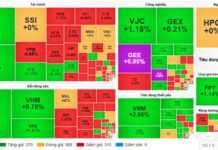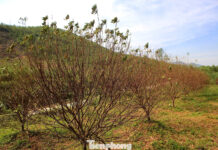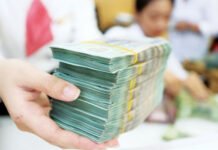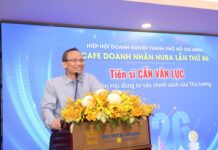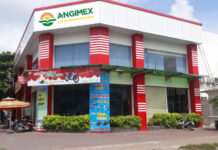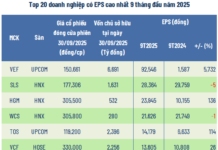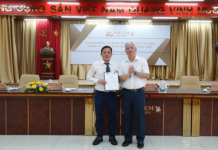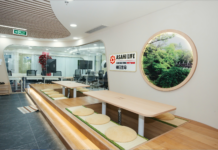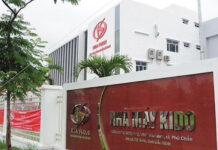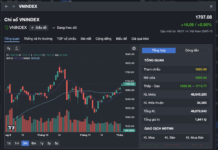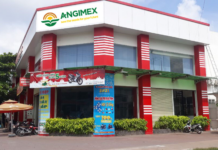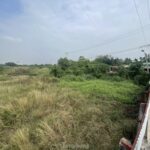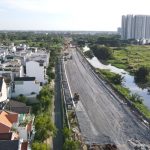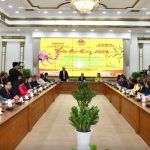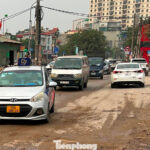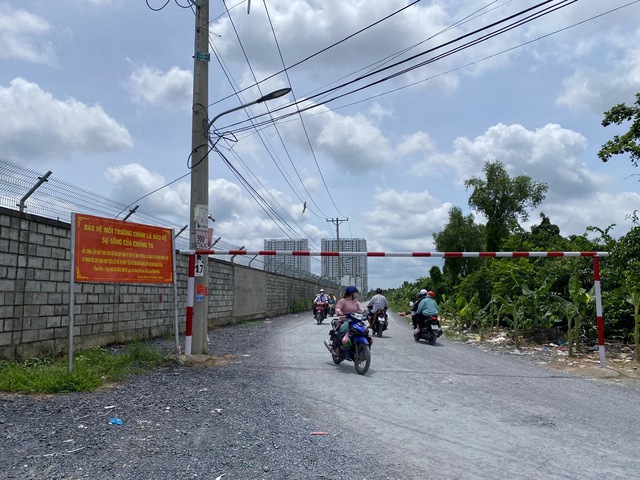
Bình Chánh District has a land use plan for 2024.
The People’s Committee of Ho Chi Minh City has recently approved the 2024 land use plan for Binh Chanh District. The district covers an area of 25,226 hectares, comprising 15,925 hectares of agricultural land and over 9,330 hectares of non-agricultural land.
In terms of agricultural land, Binh Chanh District has 4,443 hectares of rice fields, 3,402 hectares of land for other annual crops, 5,755 hectares of land for perennial crops, 345 hectares of protective forests, 29 hectares of production forests, 724 hectares of aquaculture land, and more.
As for non-agricultural land, 40 hectares are allocated for national defense and security purposes. The district also has 384 hectares of industrial park land, 170 hectares of industrial cluster land, 40 hectares of commercial service land, 723 hectares of non-agricultural production facilities, and 3,261 hectares for infrastructure development (at the national, provincial, district, and communal levels). Additionally, there are 2,567 hectares of rural residential land, 858 hectares of urban land, and nearly 58 hectares for the construction of offices for agencies and organizations.
-
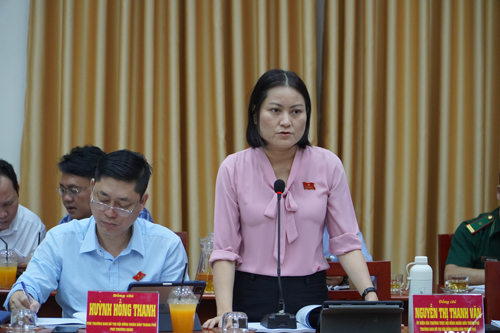
Ho Chi Minh City: Unblocking Land Use Plans
READ NOW
According to the approved plan, Binh Chanh District will reclaim 286 hectares of agricultural land this year, including 86 hectares of rice fields, 80 hectares of land for other annual crops, 66 hectares of land for perennial crops, 27 hectares of production forests, and 25 hectares of aquaculture land.
Additionally, 46 hectares of non-agricultural land will be reclaimed. This includes 13 hectares for infrastructure development, 17 hectares of rural residential land, 4.3 hectares of urban residential land, 3.5 hectares for the construction of offices for agencies and organizations, and nearly 6 hectares of rivers, streams, canals, and creeks.
In terms of land use conversion, Binh Chanh District plans to convert over 498 hectares of agricultural land to non-agricultural purposes. This includes 219 hectares of rice fields, 87 hectares of land for other annual crops, 133 hectares of land for perennial crops, 27 hectares of production forests, 30 hectares of aquaculture land, and more. Additionally, 13 hectares of non-residential land will be converted to residential use. There are no unused lands in the district.
Proposed Planning for Adding 2 New Cities in Ho Chi Minh City
According to Architect Ngô Viết Nam Sơn, Ho Chi Minh City should consider planning two cities within the city in the south and north.
Three Economic Growth Scenarios for Ho Chi Minh City in Q1 2024
At the socio-economic meeting reviewing the results of January and setting the goals for February 2024, held this morning (1/2), the Ho Chi Minh City Institute for Research and Development has presented three economic growth scenarios for the first quarter of Ho Chi Minh City.

